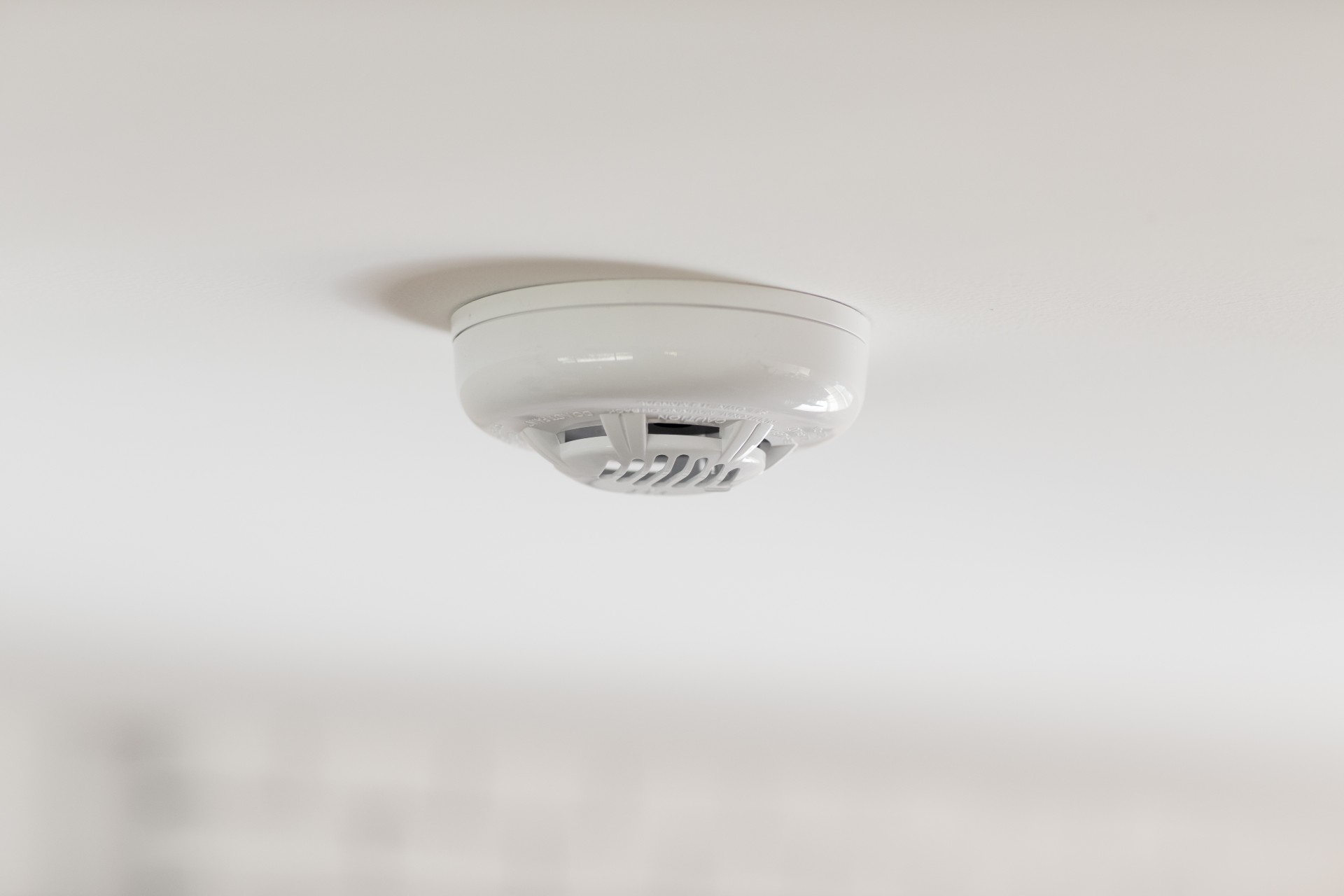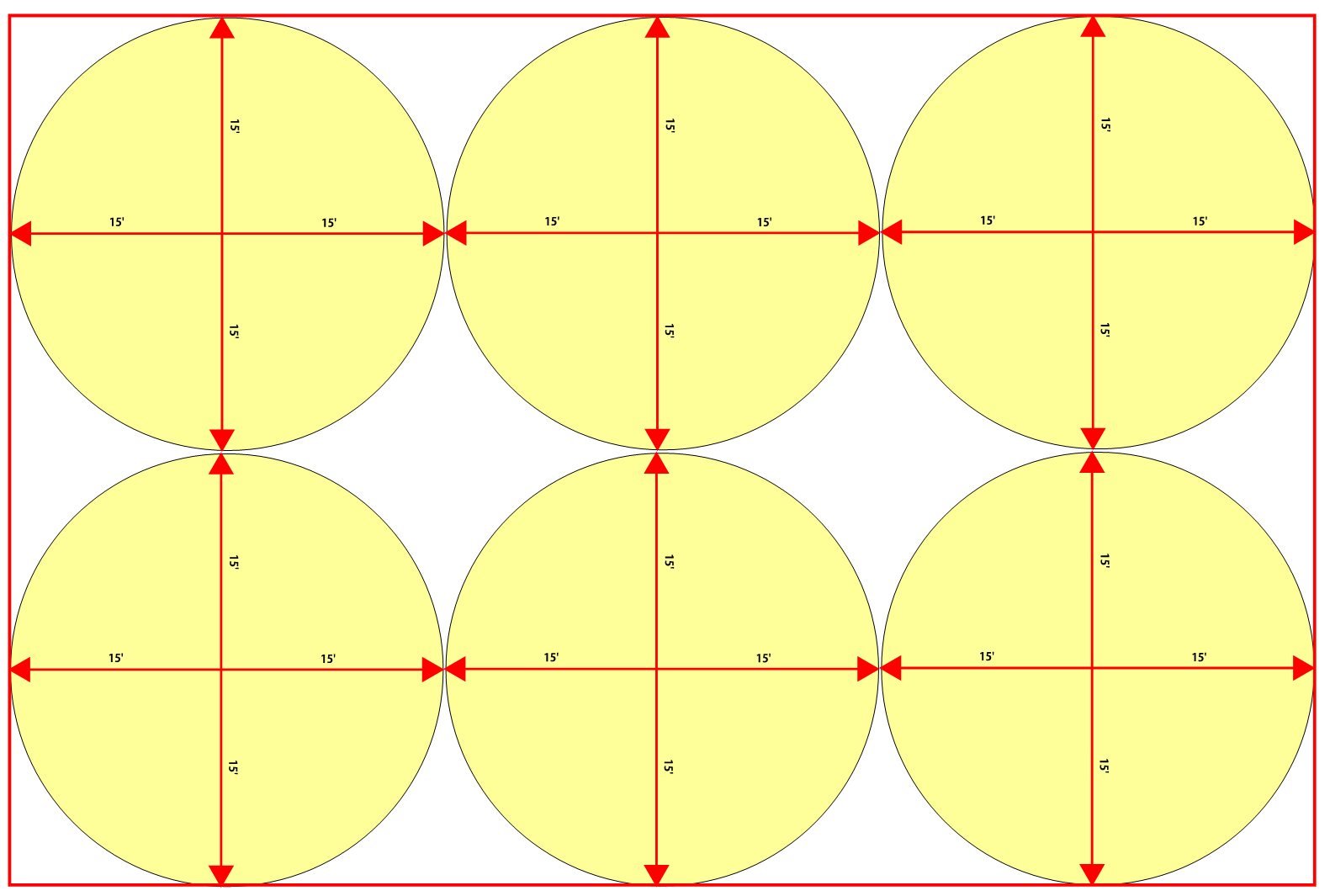Understanding Smoke Detector Placement

Smoke detectors are crucial safety devices that can alert you to a fire, giving you precious time to escape. Proper placement of these detectors is essential to ensure they can effectively detect smoke and provide timely warnings.
National Fire Protection Association (NFPA) Guidelines
The National Fire Protection Association (NFPA) provides comprehensive guidelines for smoke detector placement to maximize safety. These guidelines are widely recognized and adopted by building codes and fire safety professionals.
The NFPA recommends installing smoke detectors on every level of your home, including the basement and attic. Additionally, they recommend installing smoke detectors inside each bedroom and outside each sleeping area.
“Smoke alarms should be installed inside every bedroom, outside each sleeping area, and on every level of the home, including the basement.” – NFPA
Smoke Detector Placement and Fire Escape Routes
The placement of smoke detectors should be strategically planned to ensure that smoke is detected quickly and efficiently, providing sufficient time for occupants to safely evacuate. It is essential to consider the location of fire escape routes when placing smoke detectors.
Impact of Door Location on Smoke Detector Placement
The location of doors in your home can significantly impact smoke detector placement. A closed door can act as a barrier, hindering smoke from reaching the detector. Therefore, it is crucial to place smoke detectors strategically, considering the presence of doors.
Distance from Bedroom Door: How Far Smoke Detector From Bedroom Door
The ideal distance of a smoke detector from a bedroom door is crucial for effective fire safety. Placing a smoke detector too close to the door could hinder its ability to detect smoke in time, while placing it too far away might delay the alarm reaching occupants.
The National Fire Protection Association (NFPA) provides guidelines for smoke detector placement, emphasizing the importance of strategic placement to ensure timely detection and effective evacuation.
Factors Influencing Distance
The ideal distance of a smoke detector from a bedroom door is influenced by various factors, including room size, ceiling height, and the type of smoke detector.
- Room Size: Larger rooms require smoke detectors to be positioned further away from the door to ensure adequate coverage. Smaller rooms, on the other hand, may require detectors to be placed closer to the door for optimal detection.
- Ceiling Height: For rooms with high ceilings, smoke detectors should be positioned closer to the ceiling to capture smoke efficiently. Conversely, in rooms with low ceilings, detectors should be placed lower to ensure effective detection.
- Type of Smoke Detector: Ionization smoke detectors are more sensitive to fast-burning fires, while photoelectric smoke detectors are more sensitive to smoldering fires. The type of smoke detector used will influence the optimal distance from the bedroom door.
Visual Illustration of Placement, How far smoke detector from bedroom door
Imagine a bedroom with a standard door on one side.
* Scenario 1: For a small bedroom with a standard ceiling height, the smoke detector should be placed on the ceiling, ideally within 12 inches of the door. This ensures that the detector is positioned centrally in the room and close enough to the door to detect smoke quickly.
* Scenario 2: For a larger bedroom with a standard ceiling height, the smoke detector should be placed on the ceiling, ideally within 18 inches of the door. This placement ensures wider coverage within the room while remaining close enough to the door to detect smoke effectively.
* Scenario 3: For a bedroom with a high ceiling, the smoke detector should be placed on the ceiling, ideally within 18 inches of the door. This ensures the detector is positioned high enough to capture smoke effectively, while remaining close enough to the door for timely detection.
Table of Recommended Placements
| Bedroom Layout | Recommended Smoke Detector Placement | Small Bedroom, Standard Ceiling Height | On the ceiling, within 12 inches of the door | Large Bedroom, Standard Ceiling Height | On the ceiling, within 18 inches of the door | Bedroom with High Ceiling | On the ceiling, within 18 inches of the door |
|---|
Alternative Smoke Detector Locations

While placing smoke detectors near bedroom doors is generally recommended, there might be situations where this isn’t feasible due to architectural constraints or other factors. In such cases, alternative locations can be explored to ensure effective smoke detection.
Smoke Detector Placement on Walls
Placing smoke detectors on walls offers an alternative when ceiling mounting is impractical. This can be particularly useful in rooms with vaulted ceilings, sloped roofs, or where the ceiling height is inaccessible.
- Advantages: Wall-mounted detectors can be positioned at a height that is easily accessible for maintenance and testing. They are also less likely to be obscured by furniture or other objects, ensuring unobstructed smoke detection.
- Disadvantages: Wall-mounted detectors might be less effective in detecting smoke that rises quickly to the ceiling, as they are placed at a lower level. It is important to choose a location that allows for optimal smoke circulation and avoids being blocked by furniture or other obstructions.
Smoke Detector Placement in Hallways
Hallway placement can be a strategic option, especially for bedrooms that share a common hallway. This allows for wider coverage and faster detection of smoke originating from any of the connected rooms.
- Advantages: Hallway detectors provide a central location for smoke detection, ensuring that smoke from multiple rooms can be detected quickly. They also offer a more accessible location for maintenance and testing.
- Disadvantages: Hallway detectors might not be as effective in detecting smoke that is confined to a single room, especially if the bedroom door is closed. It is crucial to ensure proper ventilation and airflow within the hallway to allow for effective smoke detection.
Smoke Detector Placement on the Ceiling
Ceiling-mounted detectors are the most common and generally the most effective placement option, providing optimal smoke detection coverage. However, in situations where ceiling access is limited, alternative locations may be necessary.
- Advantages: Ceiling-mounted detectors are typically positioned at the highest point in a room, allowing for the most efficient smoke detection. They also offer a wider coverage area, reducing the risk of blind spots.
- Disadvantages: Ceiling-mounted detectors might be difficult to access for maintenance and testing, especially in rooms with high ceilings. They can also be obscured by furniture or other objects, hindering smoke detection.
Smoke Detector Types and Effectiveness
Smoke detectors come in two primary types: ionization and photoelectric. Each type is designed to detect different types of fires, offering varying levels of effectiveness.
- Ionization Detectors: These detectors are highly sensitive to fast-burning fires that produce a lot of smoke, such as those involving paper or wood. They use a small amount of radioactive material to create an ionization chamber, which is disrupted by smoke particles, triggering an alarm.
- Photoelectric Detectors: These detectors are more sensitive to slow-burning fires that produce larger smoke particles, such as those involving smoldering materials like upholstery or cooking oil. They use a light beam to detect smoke particles that scatter the light, triggering an alarm.
Note: It is generally recommended to install both ionization and photoelectric detectors in a home, as they offer complementary protection against different types of fires.
Decision-Making Process for Smoke Detector Placement
The optimal smoke detector placement depends on various factors, including bedroom size, ceiling height, and potential fire hazards. The following flowchart can help in making an informed decision:
- Is the bedroom door accessible for smoke detector placement?
- Yes: Place the smoke detector near the bedroom door.
- No: Proceed to the next question.
- Is the ceiling accessible for smoke detector placement?
- Yes: Place the smoke detector on the ceiling.
- No: Proceed to the next question.
- Are there any obstacles or obstructions on the walls that could hinder smoke detection?
- Yes: Consider alternative locations, such as hallways or ceiling-mounted detectors.
- No: Place the smoke detector on a wall at a height accessible for maintenance and testing.
